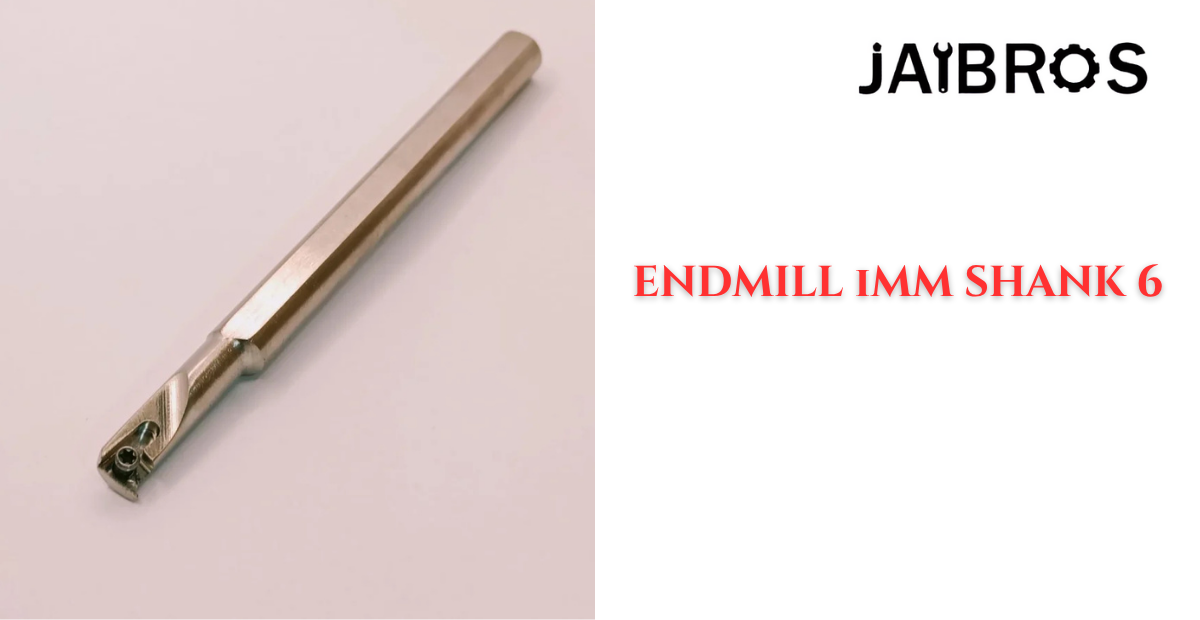Economics, efficiency, and ethics all intersect in modern agriculture. Practical farmers frequently deal with constant insect pressure that jeopardizes both output and revenue, even if organic farming encourages purity and natural resilience. The question of whether synthetic pesticides should be banned entirely or if they may be used sparingly and intelligently without compromising the principles of ecological farming has become a topic of continuous discussion in a variety of fields, policy forums, and rural communities.
This blog dissects the main ideas of this debate, investigates the science underlying pesticides such as imidacloprid and fipronil, and weighs trade-offs in the actual world. Additionally, it provides a realistic examination of how farmers might implement integrated pest management (IPM) principles without being constrained by rigidity.
What Is the Organic vs. Practical Use Debate?
Inputs are a significant source of conflict between conventional and organic farming practices. Organic purists use natural repellents, biological agents, and cultural controls to protect chemical-free crops. They want to prevent lingering pollution in the food chain, preserve pollinators, and improve soil health over the long run.
Practical farmers, however, point to ground realities:
- Pest infestations can wipe out 40–70% of crops without timely chemical intervention
- Many regions lack infrastructure for proper biological pest control
- Market pressure for uniform, undamaged produce leaves little room for trial and error
This contrast creates two different farming mindsets—each valid, but not always reconcilable.
Key Statistics
- India saw a 22% rise in organic certified farmland between 2020 and 2023.
- Over 38% of conventional farmers used at least one synthetic insecticide per season in the same period.
- Crop losses from pests cost Indian agriculture approximately ₹25,000 crores annually.
Key Features or Benefits of Practical Insecticide Use
1. Dual-Action Formulations Save Time and Cost
New-generation products like Finopride – Fipronil 40% + Imidacloprid 40% WG combine two modes of action. Fipronil handles root pests and soil insects, while imidacloprid addresses sucking pests in the canopy. This limits the need for multiple sprays.
- Reduces field visits and water use for application
- More cost-effective per acre in high-pressure zones
2. Lower Risk of Resistance Development
Alternating or combining active ingredients delays resistance. Many organic controls, like neem or BT, are precise and can lead to rapid resistance when overused.
- Fipronil affects chloride ion flow, while imidacloprid disrupts acetylcholine.
- The pest is less likely to adapt to both mechanisms simultaneously.
How It Works / Technical Overview
Fipronil inhibits signal regulation in pest neurons by binding to GABA-gated chloride channels. Nervous collapse causes the pest to overfire and die. It works on termites, soil-borne insects, and early-stage larvae.
On the other hand, Imidacloprid binds to postsynaptic cholinergic receptors by imitating nicotine. It kills the insect, paralyzes it, and alters its feeding habits.
These activities can be used via:
- Foliar sprays during early pest emergence
- Seedling root dips
- Drip fertigation in vegetable beds
Effective use depends on correct timing—spraying too early wastes input, and too late causes irreversible crop damage.
Use Cases or Deployment Scenarios
1. Cotton Farmers in Pest-Dense Belts
Cotton is highly susceptible to whiteflies and jassids. A foliar spray with dual-action insecticides at 20–25 DAS (days after sowing) reduces crop loss.
2. Chilli and Brinjal Growers Facing Thrips
A severe thrip outbreak during the flowering stage can prevent fruit set. A contact-plus-systemic product reduces the population within 36–48 hours.
3. Sugarcane Under Termite Stress
In semi-arid zones, termites cut underground shoots in ratoon crops. Soil-directed fipronil applications are often the only viable control strategy.
Architecture or System Design
Combining ecological principles with synthetic controls needs structured planning. A well-balanced pest control strategy includes:
- Regular field scouting and trap placement
- Decision thresholds for when to act
- Buffer zones for beneficial insect habitats
- Scheduled rotation with neem, garlic, or biocontrol agents
- Proper PPE usage and mixing equipment
It’s not a question of “either-or” but of designing systems that reduce unnecessary chemical dependency without risking food security.
Implementation Guide or Steps to Get Started
Step 1: Install yellow or blue sticky traps in fields and polyhouses.
Step 2: Train farmhands to identify early symptoms like curling leaves or pest droppings.
Step 3: Apply insecticide only when the economic threshold level (ETL) is breached.
Step 4: Follow the pre-mix instructions carefully. Most WG (water dispersible granules) products require gradual tank mixing to prevent clumping.
Step 5: Follow up after 3 days. Recheck pest counts. If they have reduced significantly, hold off on the following spray.
- Use only clean water and avoid hard or chlorinated sources.
Never mix with acidic inputs or micronutrients in the same tan - k
- Store the product in a shaded, superb location.
Performance and Scalability
Real-world performance shows both benefits and trade-offs:
| Metric | Organic Only Farm | IPM with Targeted Insecticide |
| Average yield (kg/acre) | 1250 | 1800 |
| Number of sprays | 8 (neem, BT) | 3–4 (2 chemical + bio) |
| Pest incidence after 45 days | 38% | 11% |
| Cost of pest control (₹/acre) | 2400 | 1900 |
The difference is evident in high-value or short-cycle crops where timing and predictability are critical.
Security and Compliance
While synthetic insecticides raise concerns, safe use practices can dramatically reduce risk:
- Observe a Pre-Harvest Interval (PHI) of 15–21 days
- Keep records of batch numbers and application timing
- Use buffer zones to prevent drift into organic-certified areas
According to Indian GAP guidelines, farmers can still meet many certification requirements if they record and justify insecticide use under IPM logic.
“Nature doesn’t need you to choose sides. It needs you to act with balance.”
Case Studies or Real-World Success Stories
Farmer in Ahmednagar, Maharashtra
Organic marigold grower faced four consecutive years of leaf miner damage during the rainy season. After switching to an IPM schedule that included one chemical intervention at a critical stage, his yield rose 32 percent and post-harvest flower quality improved.
Organic-Inspired Co-op in Tamil Nadu
A banana-growing cluster aimed to eliminate all chemical inputs. However, pseudostem borers were not controlled by pheromone traps alone. Strategic soil drench with fipronil saved the bunches in 2022. They timed it preemptively the next year and reduced damage by 70 percent.
Common Questions Answered
Q1: Can insecticides like fipronil be used in certified organic farms?
A: No, unless the certification permits it under emergency exceptions. However, in IPM systems, they can be integrated when necessary.
Q2: Do synthetic insecticides kill beneficial insects too?
A: Yes, if applied indiscriminately. However, selective application and correct timing (early morning, evening) reduce harm to pollinators.
Q3: Is there residue left in the soil or crop?
A: Residue levels depend on dose and crop cycle. Follow PHI and wash produce properly to stay within safe limits.
Beyond the Basics: What’s Next?
Future farming is moving toward data-driven precision. This includes sensor-based pest monitoring, AI-guided application timing, and even natural enemies enhanced with lab-reared support.
Expect advances in nano-encapsulated insecticides, automated trap analytics, and farmer advisory systems that alert growers only when necessary. For now, the real choice isn’t between purity and pragmatism—it’s about precision over guesswork.




